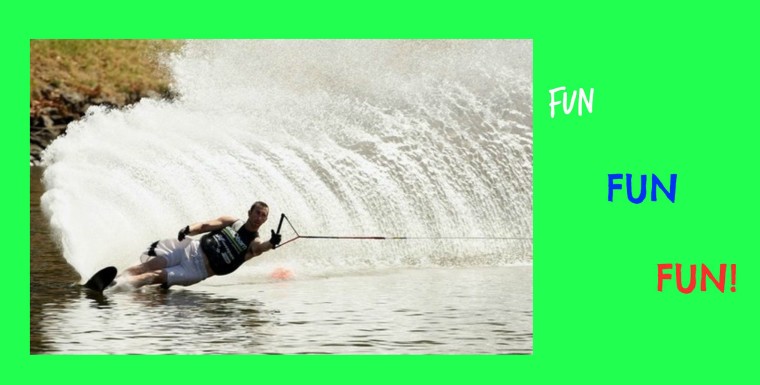I confronted somebody today. I had to do it without it seeming like I was confronting them. It was a delicate dance. When you know you must confront an issue, it forces you to figure out an approach designed to explain your position and the issue at stake, but without being aggressive or demeaning. It must be presented in a way that sticks to the facts but doesn’t demean. You know, I hate doing that sort of thing. Confronting does not come easy for me.
I am a classic peacemaker. I will do almost anything to keep the peace even by denying my own wants, needs, and desires. I’ve done this a lot over the years, not speaking up when I should. In the book The Dance of Anger, the act of deferring to others all the time without stating or defending your own self is called de-selfing. Most of my life I have de-selfed because de-selfing is easier for me than trying to state my own opinion. I dislike disharmony.
It took an issue at work to make me realize my error in de-selfing. I lost control of a meeting I was leading while serving in my position as a reading specialist. My (younger) superiors took over the meeting and redirected the whole thing, ignoring my agenda and goals. It was uncomfortable and embarrassing. I felt like a fool, and I failed to have a voice because of it. I didn’t know what to do, but I knew I was demeaned by their attitudes towards me.
After everyone left but a new hire, the then-school psychologist, she said to me, “I don’t know why, but they don’t respect you.” I cried all weekend. But I knew something had to change.
I took stock of the situation. A realization dawned as I sorted it out. I figured it out that the only way my colleagues would come to respect me was if I began to show some self-respect. If I respected myself, I would speak up for myself. The thought scared me. I had never spoken up for myself, not even with my own siblings. This meant I could not allow myself to remain silent when others were ignoring or overrunning (over ruling) my turf in the academic setting.
My approach changed in how I interacted with my professional peers. I chose to engage when needed, and I chose to stop just sitting on the side-lines letting it happen (and then going home to lick my wounds). As a timid person without much self-confidence, that was hard for me to do. It never became easy, but I improved and became less of a person people walked over as a doormat.
To be honest, I still would rather avoid than engage. Today I had to speak up because I am the leader and in charge of a group. It was my responsibility. I could not ignore a situation that had the potential to become a problem. Did I like doing it? No. But it was necessary for our shared interest/business to be conducted in an appropriate way. Our history as friends made it all the more uncomfortable.
We do what we must do when we know we must. My friend was a bit irritated. Tomorrow she will realize why it makes sense after the reacting simmers down. Sometimes you have to give a person and subject some time to settle down as it brings the thought back to center.
6 Positive Ways to Interact during a Conflict:
- Be honest by speaking to the issue without being rude or combative.
- Speak the truth in love by respecting the person as we deliver our message.
- Avoid “you” statements that make people feel attacked and puts them on the defensive.
- Explain the reasoning behind our statements and actions without becoming emotional.
- Seek “best interest” as the meeting place to determine appropriate solutions.
- Avoid dealing in personalities and preferences by sticking to the facts i.e. this is what happened, this is what needs to happen, and why.
We can’t control other people. We will have differences of opinion. But there are times when confrontation is necessary because someone is out of line or could stray from staying on the right path. It is our responsibility to do this well, to do it kindly and through matter-of-fact exchanges.

